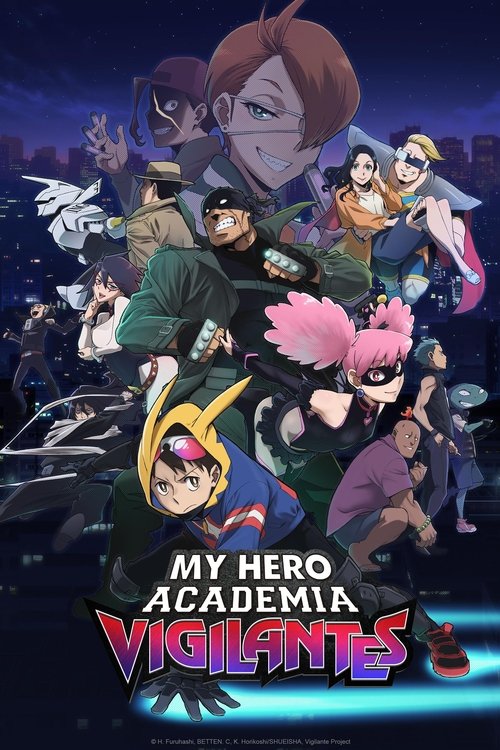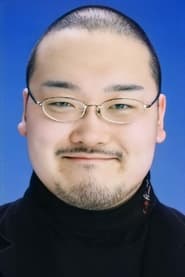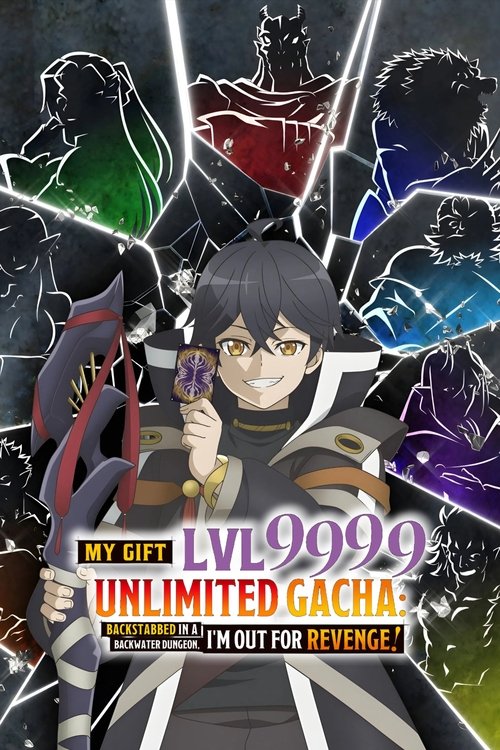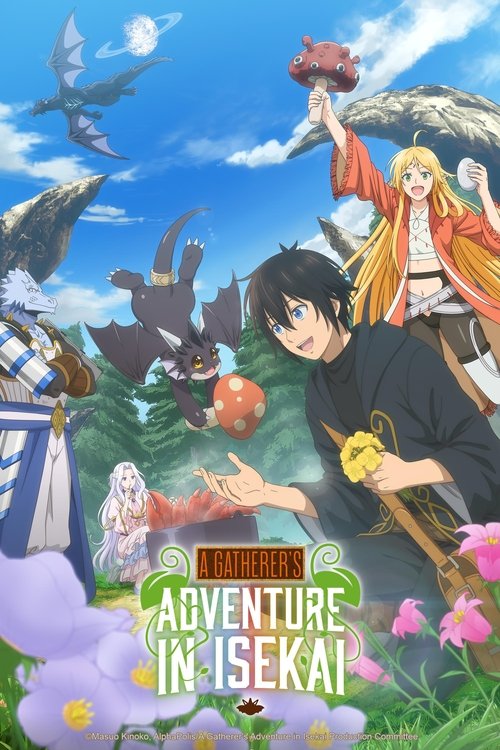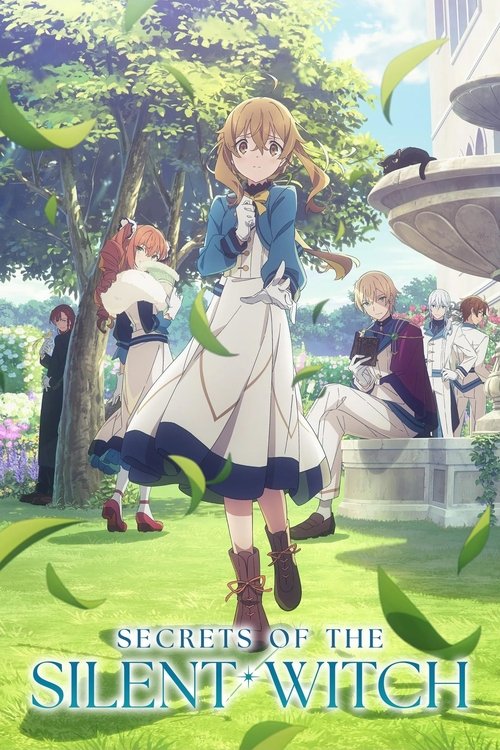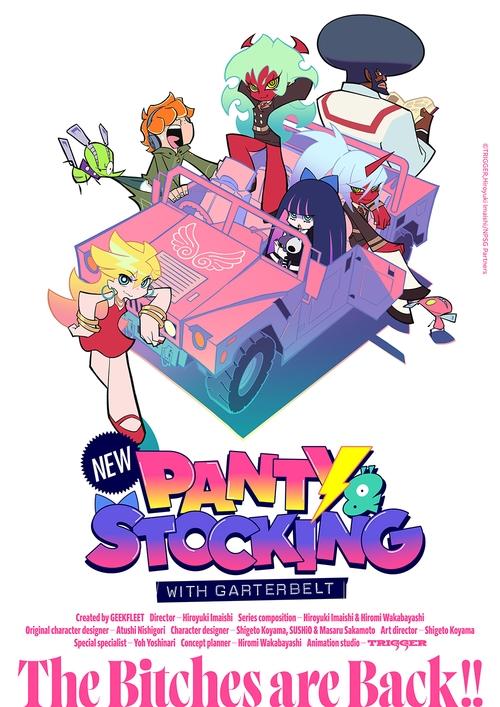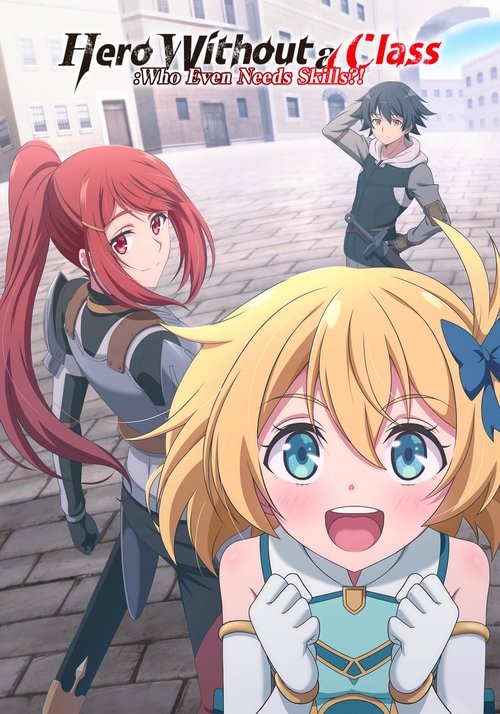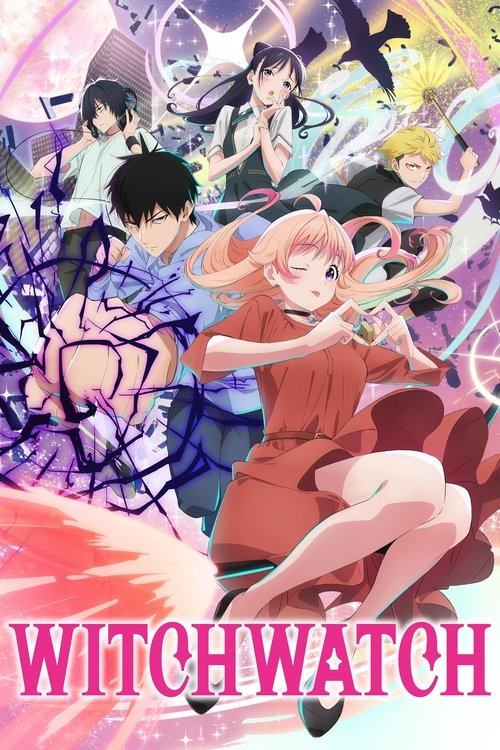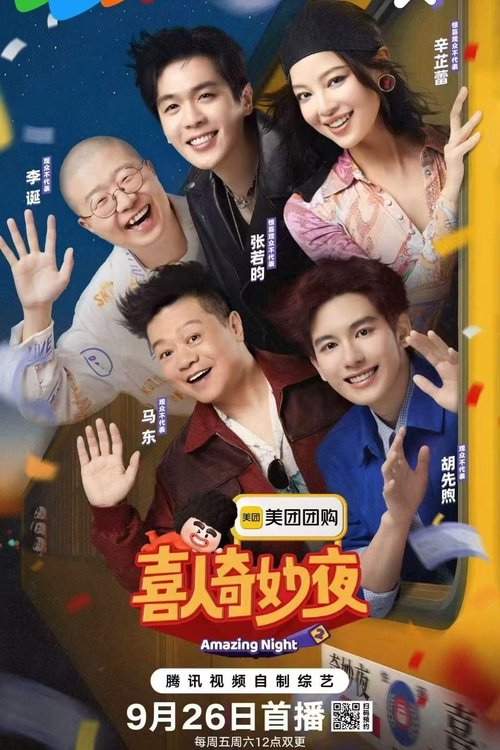
Ask Your Own Question
What is the plot?
The story begins with Koichi Haimawari, a college student who once dreamed of becoming a hero but never attended hero school or obtained a hero license. Koichi uses his quirk, Slide and Glide, to help people unofficially but struggles with the limitations of being an unlicensed hero. One day, Koichi and Kazuho Haneyama, a freelance idol known as Pop Step who also has a quirk, are attacked by a gang involved with the drug Trigger. They are saved by a masked man named Knuckleduster, a vigilante who operates outside the law and is not recognized as an official hero.
Knuckleduster attempts to recruit Koichi and Pop Step into his vigilante group, explaining that licensed heroes cannot always intervene in certain dangerous situations, especially those involving illegal drug use and underground crime. Koichi is initially reluctant due to the legal risks, but after witnessing the limitations of official heroes and the harm caused by the drug Trigger, he begins to see the value in vigilante work. Pop Step also joins, motivated by her own reasons and her growing affection for Koichi.
Knuckleduster leads the group in investigating the source of the drug Trigger, which is known to enhance quirks but has dangerous side effects. Their investigation reveals that a villain named Queen Bee has taken control of Knuckleduster's daughter's body through the use of Trigger, making the conflict deeply personal for him. The vigilantes confront Queen Bee and her gang in a series of escalating battles. Knuckleduster fights fiercely to protect his daughter and stop the spread of the drug, showing his skills and determination as a seasoned vigilante.
Throughout these confrontations, Koichi and Pop Step grow stronger and more confident in their roles as vigilantes. Koichi learns to better control his quirk and make strategic decisions in combat, while Pop Step reveals more about her background and her connection to Koichi. The group faces multiple threats from villains who exploit the gray area between legal heroes and criminals, highlighting the complex moral and legal challenges vigilantes face.
In the climax, Knuckleduster confronts Queen Bee directly in a tense and brutal fight. He manages to free his daughter from Queen Bee's control, but the victory comes at a cost, leaving emotional scars and unresolved tensions. Koichi and Pop Step support Knuckleduster, solidifying their bond as a vigilante team committed to protecting society from threats that official heroes cannot or will not handle.
The series ends with the vigilantes continuing their work in the shadows, aware that their actions are illegal but driven by a strong sense of justice and personal responsibility. Koichi embraces his role as a vigilante, inspired by Knuckleduster's example and determined to protect others despite the risks. The story closes on a note that the line between heroism and legality is blurred, and that vigilantes will continue to operate in the gray areas of the hero world.
More TV Shows Like This
Browse All TV Shows →
What is the ending?
The ending of My Hero Academia: Vigilantes (2025) Season 1 concludes with Knuckleduster successfully saving his daughter from a villainous monster that had possessed her, after which he mysteriously disappears. Koichi, the main protagonist, is left contemplating what to do next, with the story ending on an open note that sets up future developments for the characters and the vigilante world.
The final episode of My Hero Academia: Vigilantes unfolds with a tense and emotional climax centered on Knuckleduster's personal struggle. The scene opens with Knuckleduster confronting a powerful villain who has taken control of his daughter, turning her into a dangerous monster. The battle is intense and physically demanding, showcasing Knuckleduster's determination and skill as a vigilante. Despite the overwhelming odds, he manages to defeat the villain and free his daughter from the possession, a moment filled with relief and emotional weight.
Following this victory, Knuckleduster quietly disappears from the scene, leaving his fate ambiguous. This disappearance is shown with Koichi watching and wondering what path to take next, highlighting Koichi's internal conflict about his role as a vigilante and his future in this dangerous world. The episode then shifts focus briefly to Pop Step, who is advancing her musical career with a rooftop concert in Naruhata, symbolizing hope and normalcy amidst the chaos.
The narrative closes without a definitive resolution for the vigilante team, emphasizing the ongoing nature of their fight against crime and the personal sacrifices involved. Koichi's reflection on Knuckleduster's disappearance and the unresolved threats in the city leaves viewers with a sense of anticipation for the next season.
Regarding the main characters' fates at the end of the story:
- Knuckleduster: Successfully rescues his daughter but then vanishes, his future uncertain.
- Koichi Haimawari: Continues to grapple with his vigilante identity and what steps to take next.
- Pop Step (Kazuho Haneyama): Moves forward with her music career, symbolizing a brighter path.
- Knuckleduster's daughter: Freed from villainous control and presumably safe.
The ending highlights the personal costs of vigilante justice and the blurred lines between heroism and sacrifice, leaving the story open for further exploration in the upcoming second season.
Is there a post-credit scene?
Yes, the TV show My Hero Academia: Vigilantes produced in 2025 does have a post-credit scene. The first post-credit scene appears at the end of Episode 8. It reveals new aspects of the protagonist Koichi Haimawari's life, hints at a growing bond with another character, and introduces a figure who might be Koichi's biggest fear. This scene also features a dramatic moment where a giant monster resembling a kaiju appears, causing chaos. Koichi tries to save someone named "Masahiko," who turns out to be a dog, showing his compassionate nature. Meanwhile, the hero Captain Celebrity arrives, initially refusing to help until the media show up, revealing his less-than-noble character. Captain Celebrity then easily defeats the monster and saves Koichi from danger. Knuckleduster, another vigilante, comments on Captain Celebrity's infamous reputation involving lawsuits and scandals, suggesting he came to Japan to escape his bad reputation and start anew.
Additionally, the post-credit scene from Episode 9 reveals Koichi's mother for the first time in the anime, further expanding on Koichi's personal background and emotional depth.
What motivates Koichi Haimawari to become a vigilante despite having a relatively weak Quirk?
Koichi Haimawari is driven by a strong desire to help others and a heroic spirit that shines despite his relatively weak Quirk. His motivation is rekindled after meeting the vigilante Knuckleduster, inspiring him to take action and protect society from the shadows even without a hero license.
How does the character Knuckleduster influence the vigilante activities and Koichi's development?
Knuckleduster, a grizzled vigilante with no Quirk, serves as a mentor and catalyst for Koichi and others, recruiting them into vigilante work. His experience and approach to justice outside the formal hero system deeply impact Koichi's growth and understanding of heroism beyond official institutions.
What role does the character Pop Step play in the story and how does she differ from other vigilantes?
Pop Step is a mysterious and enigmatic girl who is part of the vigilante group. She represents a different motivation and ideal within the vigilante community, adding complexity to the concept of heroism explored in the series. Her unique perspective and actions contribute to the narrative's exploration of justice in the gray areas.
How does 'My Hero Academia: Vigilantes' explore the legal and societal challenges faced by unlicensed heroes?
'My Hero Academia: Vigilantes' delves into the difficulties vigilantes face due to their lack of official hero licenses, including legal risks and societal suspicion. The series contrasts the orderly world of licensed heroes with the chaotic, dangerous environment where vigilantes operate, highlighting the impact of political and legal systems on their lives.
What is the significance of the setting being five years before the main series, and how does it affect the plot and character interactions?
Setting the story five years before the main 'My Hero Academia' series allows 'Vigilantes' to explore the hero world from a fresh perspective, focusing on characters who operate outside the formal hero system. This prequel timeline provides narrative flexibility to flesh out the world and its underbelly, showing how vigilantes protect society before the rise of the main series' heroes.
Is this family friendly?
My Hero Academia: Vigilantes (2025) is not fully family-friendly and contains content that may be upsetting or inappropriate for children and sensitive viewers. It features mild sexual content including a female character in a revealing outfit and a scene where men threaten to strip a girl and post her naked body online. The show has moderate violence and gore, including scenes where a character cuts off a nose and intense fight sequences. There is moderate profanity and mild drug-related content, such as the depiction of a drug called Trigger being used and sold. The series also includes moderate frightening and intense scenes that could be unsettling. Overall, the tone is darker and more mature than the original My Hero Academia series, dealing with serious themes like crime, drug addiction, and abuse.
In summary, while the animation and storytelling are praised, the show is better suited for older teens and adults rather than young children or very sensitive viewers due to its mature themes and moderate violence.

